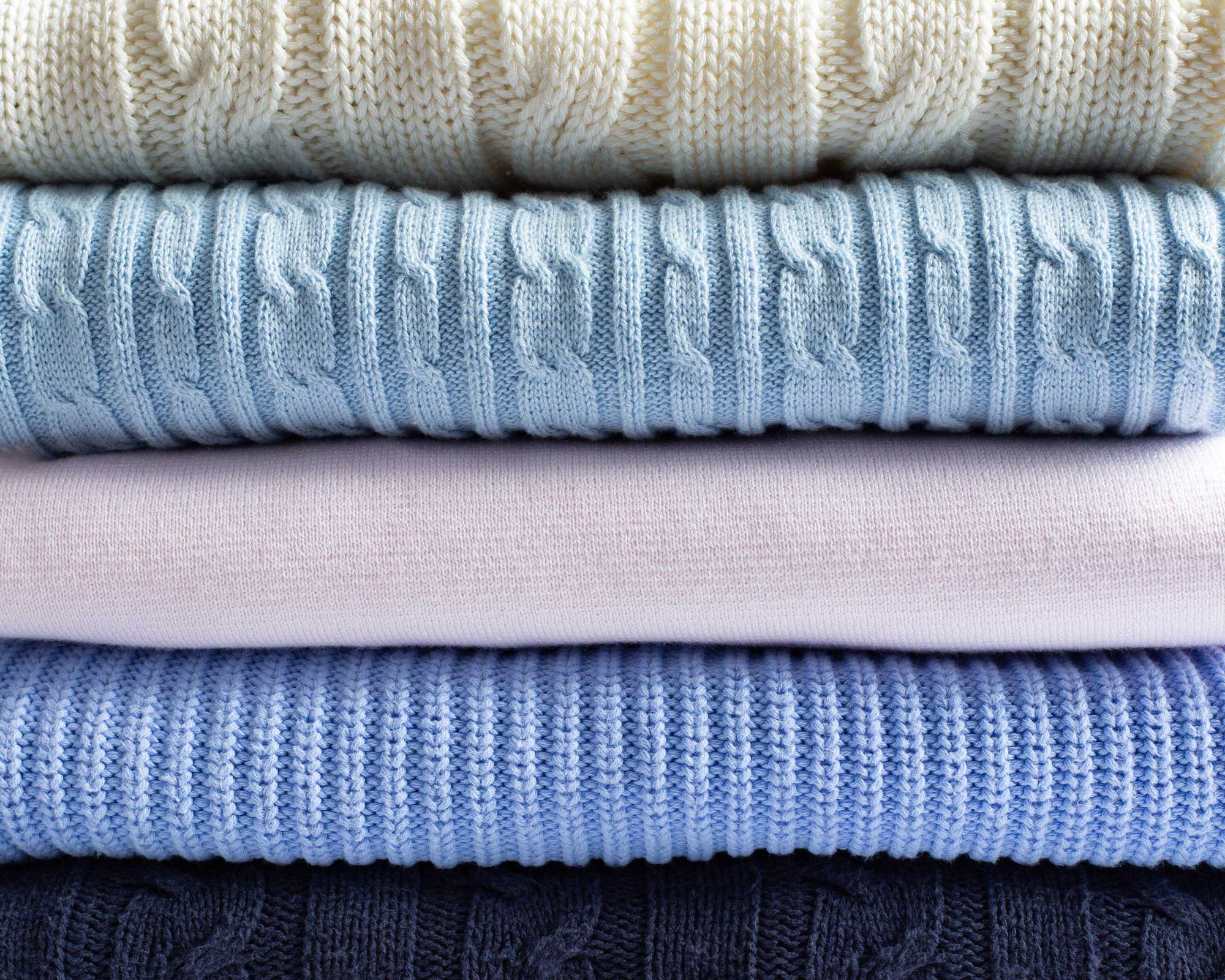How to remove static from clothing – 5 pro tips
Find out the best tips and tricks to eliminate static buildup


Static is a common problem that most of us experience with our clothing, mostly with older clothes, and the buildup can cause discomfort and irritation to the skin.
Static clothes are normally caused by different materials rubbing together which creates an electrostatic charge that builds up on the surface of the garment. This can either happen from general wear and friction but also can be common if you use a tumble dryer frequently when doing laundry.
Similar to lint on clothing, having clothes that are full of static can be incredibly frustrating, as the static causes them to stick to our bodies like glue, which can be very uncomfortable.
What causes static?
Knowing exactly how to remove this static buildup can be difficult as static can stay in your clothes for several weeks if not removed correctly.
Certain materials are more prone to collecting a static charge than others, including wool and polyester, as these fabrics are made from protein molecules that can gain and lose electrons easily. You will find that your most comfortable winter jumpers are normally the first culprit to be filled with static.
How to get rid of static from clothes
If your clothes have become the culprit of a static overload, here are a few things our experts have suggested to help you remove the static charge and allow you to wear your favorite sweaters all winter long.

1. Use fabric softener
Make a simple change to your laundry routine and add a fabric softener, says cleaning specialist Janille Mangat. ‘Fabric softeners are like magic for your laundry.’
They help eliminate the prospects of static while washing your clothes as they create a soft and protective layer that softens the fibers in your clothes and makes them less likely to form static inside the fibers.
The layer the softeners form also makes your clothes feel smoother and more comfortable when worn.

Janille Mangat has been working as a cleaning specialist at VMAP services for more than 2 years and has extensive experience with residential and cleaning services.
2. Use an anti-static spray
If you want to get rid of static quickly and do not have a lot of time on your hands, convenient static sprays are great.
Static Guard from Amazon is a handy tool, as it eliminates static buildup immediately from clothes while also preventing further static building up throughout the day.
Anti-static sprays usually last all day and can significantly help the constant battle we have with static, however, they are not a permanent fix and should be used in conjunction with other methods.
3. Use dryer sheets or dryer balls

Dryer sheets are very handy and should always be used when you are drying materials that are more prone to collecting static. They work by minimizing static cling while your clothes are drying as they collect most of the static that is displaced between their multiple layers.
These Bounce dryer sheets from Amazon work brilliantly against unwanted static buildup and they also help to reduce wrinkles in your clothes too. Another good alternative to dryer sheets are these natural wool dryer balls from Amazon, they are made from superior quality wool and are 100% natural. They effectively do the same thing as a dryer sheet as one of their many uses in removing static but are reusable for up to one thousand dryer loads.
The dryer balls work by falling in and out of air pockets while your clothes are being dried, they lift and separate laundry allowing for your drying time to be reduced as well as taking the static charge out of your clothes.
4. Air dry delicate fabrics
‘If the weather permits and you have ample space in your home, air drying your laundry is always a good idea,’ says Angela Rubin, owner of Hellamaid.
Naturally drying your laundry either outdoors or on a drying rack inside decreases the chance of static build up as the clothes have room to dry at their own pace in the surrounding air.
If you live in a cooler climate investing in a heated drying rack from Amazon is a good idea, as it allows you to dry your clothes easily outside of the dryer but speeds up the drying time of normal air dried clothes it is also good at eliminating static buildup.

Hellamaid is an award-winning cleaning company in Canada that's been featured on multiple global media brands.
5. Humidify your environment

If your home is known for having particularly dry air this can contribute to static electricity which can in turn go into your clothing.
‘Using a humidifier can help reduce the dry air around the home,’ says Cleaning expert Karina Toner. ‘The added humidity makes the environment less conductive for static buildup.’ The humidifier works by essentially helping your clothes stay grounded and maintain their composure.

Karina Toner is a cleaning expert at Spekless Cleaning, a house cleaning service based in Arlington or Washington D.C.
FAQs
What clothing is less prone to static?
There are many types of clothing that are less likely to pick up static, these are normally fabrics made with cotton or a cotton blend. Leather is also a great bet as its smooth surface eliminates static buildup.
Static is something we will all have to deal with once in a while. It can be incredibly annoying and uncomfortable when you are wearing an item of clothing that is clung to your body and itchy. To avoid direct skin contact with static-prone clothing add a cotton layer under these garments, that way you will be less likely to feel the static directly.
Sign up to the Homes & Gardens newsletter
Design expertise in your inbox – from inspiring decorating ideas and beautiful celebrity homes to practical gardening advice and shopping round-ups.

Seraphina is a contributing editor at Homes & Gardens, writing Solved features on organizing and storage. She loves to decorate and also grow her own produce from her home in London. Her previous experience includes working at Women's Health and Fabulous Magazine.
-
 This once-dated kitchen is now a timeless space with the coziest details – and its the classic color palette that's made it a chic, welcoming space
This once-dated kitchen is now a timeless space with the coziest details – and its the classic color palette that's made it a chic, welcoming spaceWarming colors and natural materials combine to create this enduringly classic kitchen scheme
By Molly Malsom Published
-
 How to grow crepe myrtle in pots – and transform even the smallest of yards with dazzling flowers this summer
How to grow crepe myrtle in pots – and transform even the smallest of yards with dazzling flowers this summerGrowing crepe myrtles in pots will inject splashes of brilliant color into your outside space
By Thomas Rutter Published